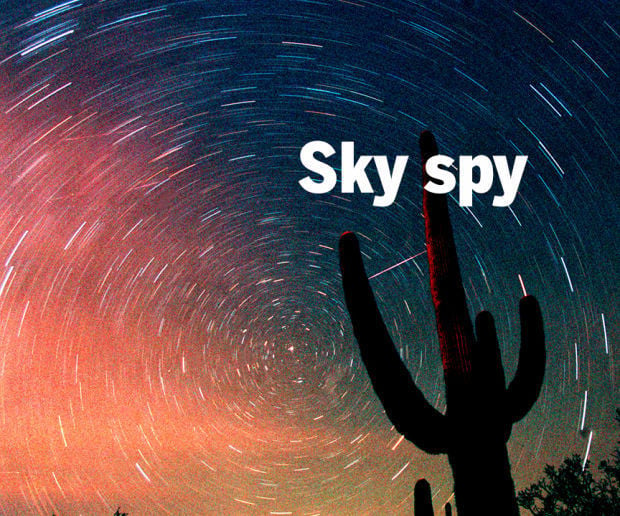The 11-day-old moon will be prominent in the southern sky at 9 p.m. Thursday, Feb. 18.
Thirteen degrees below the moon is Procyon in Canis Minor the Lesser Dog. Procyon is the eighth brightest star in the sky. To the right (west) of the moon and Procyon is Orion the Hunter with its bright stars.
Speaking of bright stars, to the south of Orion is Canis Major the Greater Dog who faithfully follows his master Orion. Canis Major has Sirius, the brightest star in the sky. But there is more. Due south at 9 p.m. is Canopus, the second brightest star in the sky, hovering 5 degrees above the horizon. Canopus is bright enough to be seen from the foothills above the city lights of Tucson.
It is an odd coincidence the brightest and second brightest stars in the sky are only 36 degrees apart. Sirius is 26 times brighter than the sun and 8.6 light years from the sun. Canopus is a supergiant star 313 light years away. It is 15,000 times brighter than the sun. Its intense nuclear fires produce enough light for it to be a dominant star for southern hemisphere observers.





